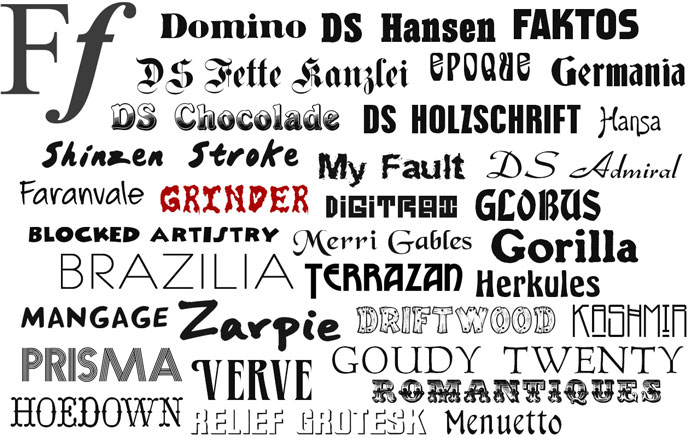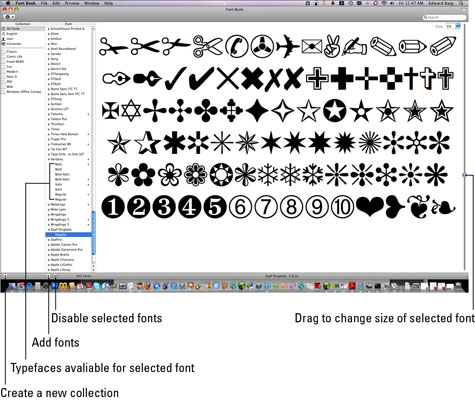Most applications (such as Microsoft Word, Excel, and PowerPoint) include fonts that are automatically installed when you install the software. For example, applications that are created especially for document design projects, such as Microsoft Publisher, often come with quite a few extra fonts that you can use with any other program on your computer.
- Free Fonts Downloads For Windows
- Mac Fonts Vs Windows Fonts
- Download Mac Fonts For Windows 7
- Download Mac Fonts For Windows Xp
However, sometimes you may want to install custom fonts that you've created, purchased or downloaded from somewhere else. In this article we'll talk about how to install those fonts so you can use them in Microsoft Office.
Locate custom fonts on the Web
- Windows 98/ME/NT4. In order to use PostScript Type 1 or OpenType.otf fonts in Windows 98, Windows ME, or Windows NT 4, you must first install Adobe Type Manager® Light (ATM® Light), which is a free download from Adobe, and then install the fonts through ATM.
- Find the best 66 free fonts in the Mac style. Every font is free to download, and 45 are 100% free for commercial-use!
In addition to acquiring and using fonts installed with other applications, you can download fonts from the Internet. Some fonts on the Internet are sold commercially, some are distributed as shareware, and some are free. The Microsoft Typography site site provides links to other font foundries (the companies or individuals outside of Microsoft who create and distribute fonts) where you can find additional fonts.
After you find a font that you would like to use with an Office application, you can download it and install it through the operating system that you are currently using on your computer. Because fonts work with the operating system, they are not downloaded to Office directly. You should go through the system's Fonts folder in Windows Control Panel and the font will work with Office automatically. On the Mac you use the Font Book to add the font and then copy it to the Windows Office Compatible folder.
Many third parties outside of Microsoft package their fonts in .zip files to reduce file size and to make downloading faster. If you have downloaded a font that is saved in .zip format double-click the zip file to open it.
Install a custom font you have downloaded
Once you've downloaded the font you want to install you need to install it in the operating system. Once the font is properly installed in the operating system Microsoft Office will be able to see and use it. For detailed instructions select the operating system you're using from the drop-down box below.
- Find the font file that you downloaded, keeping in mind that it may be contained within a .zip file. It's probably located in your downloads folder.
- Double-click the font file to open it in the Font Previewer
- If you're satisfied that this is the font you want, click Install at the top left.
- Close the Font Previewer, and open your Office program. You should now see your new font included on the font list.
- Find the font file you downloaded - it likely has a .ttf or .otf extension and it's probably in your downloads folder. Double-click on it.Note: If the font file has a .zip extension you need to open that .zip file and open the font file from there.
- It will open in the font previewer. Click Install Font. It will open in the Font Book.
- Close the Font Book. Your font should now be available to Microsoft Office.
Sharing files that contain non-standard fonts
When you install a custom font, each font will work only with the computer you've installed it on. Custom fonts that you've installed on your computer might not display the same way on a different computer. Text that is formatted in a font that is not installed on a computer will display in Times New Roman or the default font.

Therefore, if you plan to share Microsoft Office Word, PowerPoint, or Excel files with other people, you'll want to know which fonts are native to the version of Office that the recipient is using. If it isn't native, you may have to embed or distribute the font along with the Word file, PowerPoint presentation, or Excel spreadsheet. For more information about this see Fonts that are installed with Microsoft Office.

See also
Free Fonts Downloads For Windows
Do you have ideas for how we can improve Microsoft Office?
See How do I give feedback on Microsoft Office?
